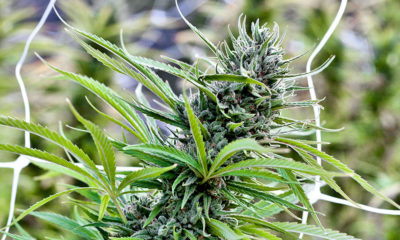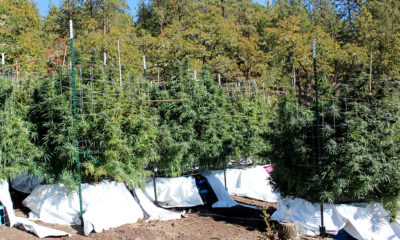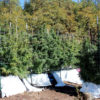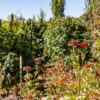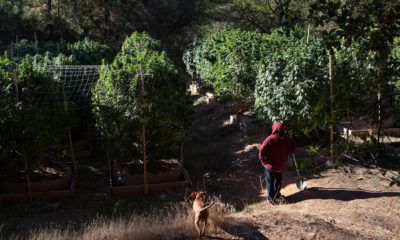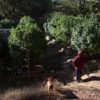
Cultivation
Ganja Guru Tours Colorado Grow
Medical marijuana has been permitted in Colorado since 2010. Then, in 2012 voters legalized cannabis for adult-use, sales and production. With legalization came increased demand and, of course, more production. Only now, instead of having surreptitious grows of 10 to 20 lights, producers are using spaces that accommodate hundreds to thousands of lights.
On a recent trip to Colorado, I had the opportunity to visit Kind Love’s marijuana production facility. The overwhelming impression I had was of its cleanliness, its neatness and the hygienic nature of the facility. There was no dirt or no extraneous matter — nothing was out of place, nothing was laying around and no garbage was to be seen.
The space was divided into rooms, each with 30 air-cooled HPS lamps mounted on the ceiling, which was about 14 feet high. Although the lamps were further from the plants than in most grow rooms, little light was lost because almost all of it shines directly on the canopy. The light hitting the walls was reflected back into the garden area.
All of the equipment used to maintain each room’s environment was located outside the room, so there was no reason to go into growing areas for adjustments or repair. Each room was individually controlled as far as light regimen, temperature, humidity and CO2.
The whole process starts when clones are taken from mother plants, which are about 5 feet tall and are kept active for six to eight months. The clones are rooted in aeroponic cloning systems. When the roots hang down about six inches from the stem, they are rooted in one-gallon containers. After two weeks the plants are repotted into five-gallon containers, kept in vegetation for another week and then flowered. The containers are placed on 2½-foot spacing. Each flowering room contains only one variety.
Because Colorado law calls for 70 percent of the product sold at each shop to be produced at a dedicated facility, all of the bud produced at the location is sold at the Kind Love shop.
While the facility is well run and the plants are healthy and productive, there were inefficiencies in the system and its caretaking regimen. I noticed that some of the vegetative plants were being grown under fluorescents that produce only two-thirds of the light of HPS lamps. To reduce production time, if the plants were forced to flower when they were smaller they would spend less time in the vegetative state, speeding up rotation by 10 days. Also, many of the plants are hand-watered, which wastes time and isn’t as effective as automated systems.
Government regulations specify that if a space has a single infection, all the plants in the room must be dumped. For this reason there’s an incentive to keep each room small. With more realistic regulations there would be an incentive to create large spaces, which are more economical to maintain.
Have you ever been inside of a cultivation facility? Share you experience with us.



